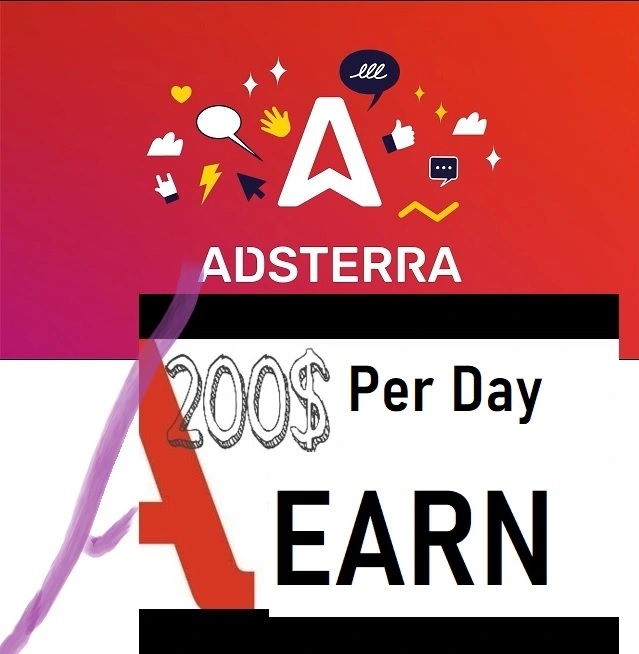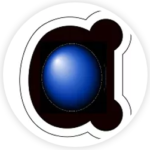Astronomy – Open Textbook Library





Try Adsterra Earnings, it’s 100% Authentic to make money more and more.

Reviewed by Nicholas Abel, Associate Professor of Physics, University of Cincinnati, Clermont College on 3/27/18
Comprehensiveness rating: 5 see less
The book covers all the topics I would expect a two semester introductory astronomy course to cover. This book could be used to teach both a Solar System Astronomy course, or a Stars & Galaxies course. In addition, someone could simply use this book and cherry-pick topics for those universities that teach a survey course in astronomy (covering both solar system and stars/galaxies/cosmology) over a single semester. The book has a detailed appendix, and at the end of every chapter is a list of definitions pertinent to the chapter. The book consistently links to other topics in the book, as a way to let the reader go back and forth between topics in order to understand new material by reviewing the old material. The table of contents is detailed, and the section title make is clear what is the focus of the section. Finally, each section has a list of learning objectives, so the student and the teacher know what should be gained as a result of reading over a given section.
Content Accuracy rating: 5
There are no biases that I can see. In general, I find astronomy to be based on facts, and therefore hard to inject bias. As with any astronomy course, there will be those who read the book who might object to a particular topic on religious grounds, but that is impossible to avoid and should not be a consideration when writing a book. The authors do a good job of not pandering to this demographic. I do disagree with what the authors define as Newton’s 2nd Law on page 77. I think the authors should state that acceleration is directly proportional to force and inversely proportional to mass. However, the authors do describe the 2nd law in those terms later on, but I think they oversimplify the 2nd Law in the original definition. I also appreciate the strong way the authors speak of the greenhouse effect, global warming, and its root cause by humans.
Relevance/Longevity rating: 5
Certain sections of this book will need to be revised as new telescopic data is obtained and discoveries made. That being said, every book has this issue. There is a reference to an eclipse of August 21st, 2017, that has already happened but is talked about in the future tense. I think the authors might consider changing the section to include images from this eclipse, and focus on the future U.S. eclipse in 2024. However, most of the book’s content describing gravity, light, and other fundamental topics will not require consistent maintenance and are outlined well.
Clarity rating: 5
The format of the book is to describe astronomy in largely conceptual terms, providing mathematical examples where prudent, but not emphasizing the math. If the reader decided to ignore the mathematical examples and focused on the descriptions of why the topics are important, the reader will still get a lot out of the book. The appendix gives a series of tutorials on important mathematical principles used in the text, and several links to outside sources are useful in understanding the math jargon used. There is a section on gravity where the Moon’s acceleration around the Earth is compared to the acceleration on the surface of the Earth, and a number for the acceleration of the Moon is stated as known, without context. I would suggest stating a series of facts about the Moon that tell the reader how someone in the 17th century already knew the centripetal acceleration of the Moon due to the Earth (parallax for Moon distance, velocity based on circumference and time to go through zodiac, etc.) However, I would say that largely the book does an excellent job in presenting information in a clear way, with images, figures, tables, and written descriptions that make it easy to follow.
Consistency rating: 5
I would prefer to see the chapter on the Moon covered before gravity and the discussion on the phases of Venus. At the same time, the book is consistently linked to other topics in the book so the user can go back and forth between chapters and content with ease. In addition, an instructor can simply say “read chapter 4” and then the next week say “read chapter 3”, so there is no need to follow exactly the order of topics followed by the book. Overall, the book is consistent in nomenclature and laid out in the same style for every chapter.
Modularity rating: 5
The book does an excellent job of breaking the material up into many sub-sections, and linking each subsection in the text to other subsections when necessary. To me, this is one of the primary strengths of the book and an e-book in general, and the authors use this tool very well. It makes it easy to tell a student what to read, and to sculpt what I would want to cover as opposed to rigidly following the order of topics outlined in the book.
Organization/Structure/Flow rating: 5
Outside of the potential of moving the discussion of the Moon to an earlier point of the book, I think the book is clear and organized exceptionally well. There is a table I would suggest modifying. Table 3.2 involves the listing of the semi-major axis and period of each planet. I would suggest two other columns. One for the square of the period, and one for the cube of the axis, so the reader can clearly see the relationship between the two as outlined in Kepler’s 3rd Law.
Interface rating: 5
Images and figures were very well rendered and easy to read, along with being easy to zoom in and see through the computer. The only item I would mention here as criticism is that when I tried to open some of the video or animation links, there were issues with trying to play a flash animation, but that may be unavoidable.
Grammatical Errors rating: 5
I did not see any grammatical errors.
Cultural Relevance rating: 4
Astronomy is a science that is largely based in Ancient Greek references, and has largely been dominated by caucasian men. There are places in the book where some of the modern debates that cause intense discussions can be triggered, such as global warming and the perceived conflict between religion and science. However, I think the book does a good job of giving the scientific side of things, and a classroom instructor can use these topics to have a meaningful class discussion. The book discusses Anne Cannon and her trials as a result of her being a woman of science in the 19th and early 20th century. I think it would be good for the book to link to Dava Sobel’s “The Glass Universe” for more content on the issues that faced many women during this time period. The book also mentions, in its description of Anne Cannon, that “women were exploited and undervalued in many fields. This is a legacy from which our society is just beginning to emerge”. I am not sure this is a universally shared statement. It is better than the 19th century, but the recent movements such as #metoo are exposing the amount that women still have to overcome to be seen as equals. The section on Islamic and Chinese contributions is similar to many textbooks in style and content. Overall, I think the book is not offensive or insensitive, but if they were looking to expand the section on the Harvard computers, there is an opportunity to do so.
CommentsOverall I think this book is an excellent Open Textbook, and easily equivalent to what I am using in the classroom now. I particularly like the large pool of questions at the end of each chapter, the figures, videos, tutorials, etc. This book, combined with a classroom discussion that emphasizes concepts, would make an excellent intro. to astronomy book at the university level. I plan to use this book myself in the Fall of 2018. I did have some trouble with links which go to an external page. If I look at the book as a PDF on a browser, many hyperlinks will not open in another window, but instead take me off of the book and to the weblink. When I think hit the back button, the book has to reload. This is minor, as I can either download the PDF, and not open it up using a browser, or I can click on the link while holding down the CTRL button, and the link opens in another window. This and the other criticisms mentioned above are all minor, however, and meant for constructive feedback. The book, in my view, is a great resource.
More Story on Source:
*here*
Astronomy – Open Textbook Library
Published By

Latest entries
 allPost2024.10.26LIVE: President Trump in Novi, MI
allPost2024.10.26LIVE: President Trump in Novi, MI allPost2024.10.26Relive the Menendez brothers trial from dramatic testimony to the murder conviction | NBC Archives
allPost2024.10.26Relive the Menendez brothers trial from dramatic testimony to the murder conviction | NBC Archives allPost2024.10.26Stay Tuned NOW with Gadi Schwartz – Oct. 25 | NBC News NOW
allPost2024.10.26Stay Tuned NOW with Gadi Schwartz – Oct. 25 | NBC News NOW allPost2024.10.26Good News: Historic Yankees-Dodgers World Series rivalry returns
allPost2024.10.26Good News: Historic Yankees-Dodgers World Series rivalry returns




